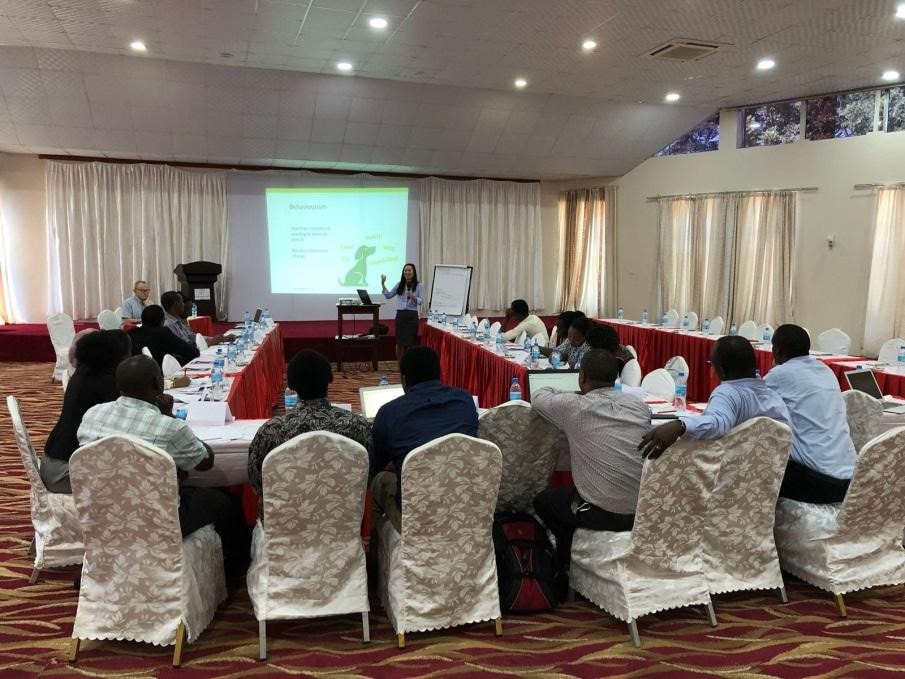|
SURG-Africa is about to pass its first 18 months. See where we are now: here is a brief outline of achievements since its launch in early 2017. The first year of the project was spent to set the project and prepare for launching the main activity: surgical supervision for district level clinicians. This involved a large-scale multi-level situation analysis in Zambia, Malawi and Tanzania to build an understanding of how the different components of the health system support surgery, and what weaknesses and barriers need to be addressed for the SURG-Africa intervention to achieve maximum impact. We surveyed 85 district health facilities and conducted interviews with over 75 district clinicians across the three countries. Capable specialists for our Surgical Oversight Teams were also identified and following that the first round of supervisory visits was successfully launched. These specialists will continue to provide support on a regular basis to our intervention district hospitals for the next two years. In parallel, we have worked hard to achieve national level engagement and buy-in. The project has been introduced to ministry officials in all three countries, receiving enthusiastic support. Before launching the intervention, we sought feedback and advice from local partners. To ensure optimal fit of the SURG-Africa intervention design into local contexts we adopted participatory action research, what means that extensive consultations were held with stakeholders at all levels, starting from district level clinicians all the way up to consultations with Permanent Secretaries for Health in all participating countries.  Group work at a stakeholder consultation workshop to plan mentoring/training visits to district hospital surgical teams in Malawi (©Oxford University) Group work at a stakeholder consultation workshop to plan mentoring/training visits to district hospital surgical teams in Malawi (©Oxford University) The findings of this preparatory phase were used to inform the design of the SURG-Africa model, which aims to strengthen the surgical capacity of district hospitals through (a) periodic visits to district facilities to deliver supervision, mentorship and in-service training of local surgical teams according to their needs; and (b) the establishment of a remote (WhatsApp-based) clinical consultation and support network. The design will take into account the needs of individual hospitals in terms of: training, supervision and mentorship, what will make the intervention much more impactful than in the case of a generic training curriculum. The findings revealed that there is a large imbalance at district level in distribution of surgical, anaesthesia, obstetric and nursing skills. These gaps will be closed through the SURG-Africa model of supervision and training.
We have also mapped the paths and surgical capacity of referral (regional/provincial) and district hospitals, and set up data collection systems to monitor referral patterns. The purpose of this is to detect changes as a result of activities undertaken by the project, and to strengthen the referral system through: 1) building surgical capacity at district level, 2) improving referral communication between sending and receiving hospitals. Comments are closed.
|
Archives
August 2021
Categories |


 RSS Feed
RSS Feed